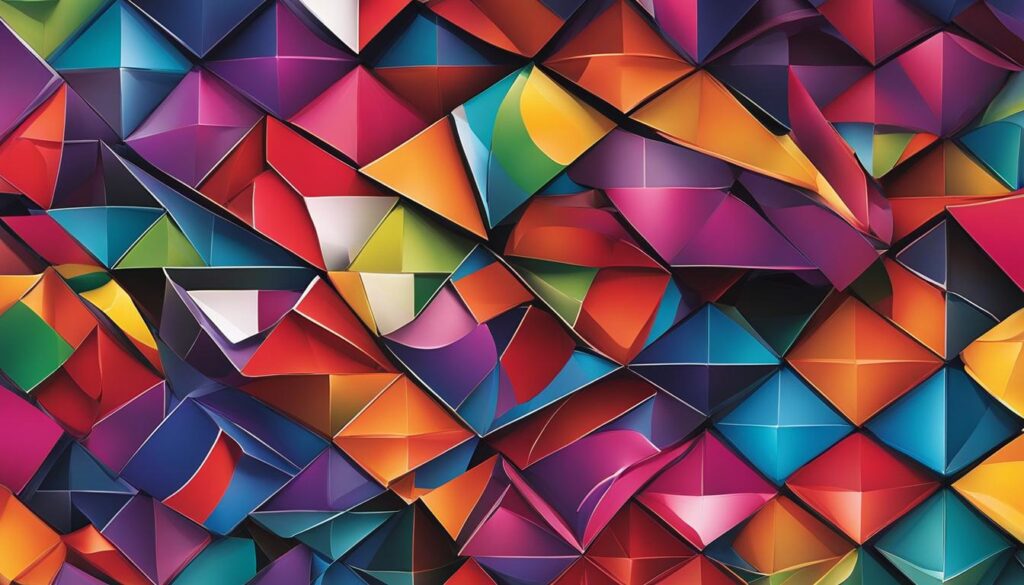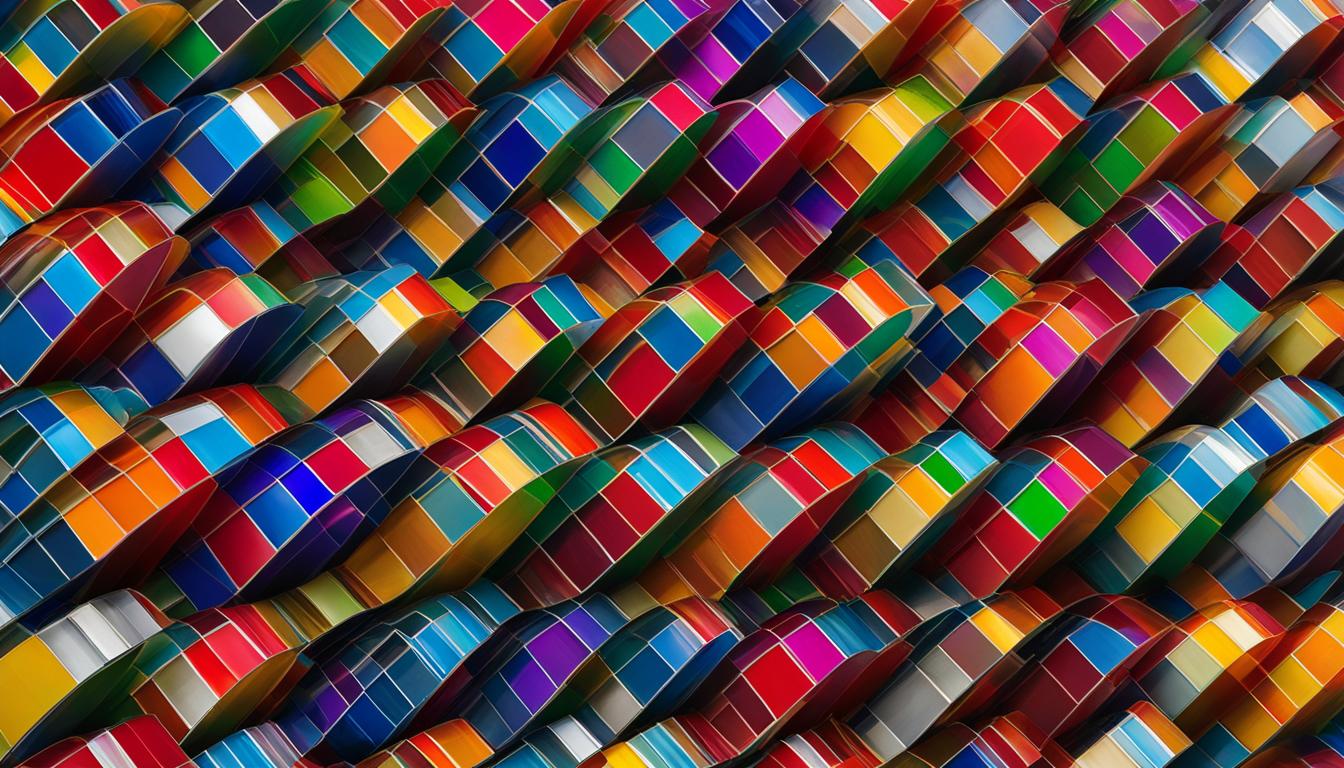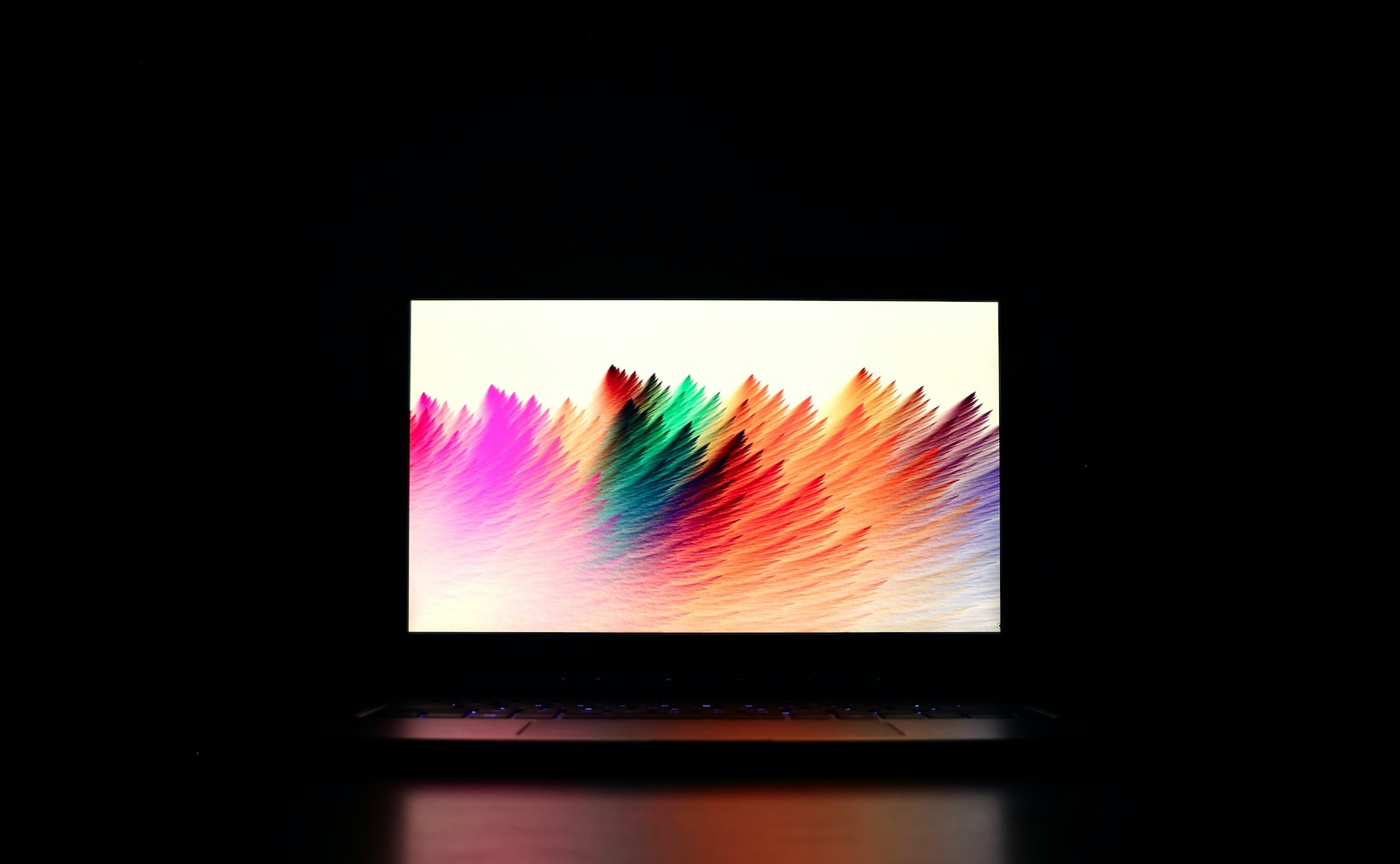Color theory plays a crucial role in media production and visual communication. It involves understanding how colors mix, how people perceive colors, and the messages that colors communicate. Colors have the power to influence emotions and drive audience engagement. Studies have shown that color ads attract more attention than black and white ads, and prospects hold on to colored business cards longer than standard white cards. In content and social media campaigns, color can affect consumer psychology and perception. Strategic use of color can direct the audience’s attention and create a desired mood. Color contrast can increase conversion rates by drawing the eye to specific elements. Different colors are associated with different emotions, and brands can use this knowledge to influence customer behavior. Color is also instrumental in brand building, as it increases brand recognition. It is important for marketers to understand the importance of color, consider the preferences of their target audience, and choose colors that align with their brand’s desired associations.
Key Takeaways:
- Color theory is crucial in media production and visual communication.
- Colors have the power to influence emotions and drive audience engagement.
- Strategic use of color can direct attention, create desired moods, and increase conversion rates.
- Different colors are associated with different emotions, which can be utilized to influence customer behavior.
- Color plays a vital role in brand recognition and building.
Color Theory in Film: Creating Emotion and Setting the Mood
In the world of film, color theory is a powerful tool used to create emotion and set the mood. Filmmakers understand that different colors evoke different emotions in the audience, and they strategically use color to convey meaning and elicit specific emotional responses. Colors in film are not merely for aesthetics; they play a vital role in storytelling and enhancing the overall cinematic experience.
The color wheel is a fundamental tool in film production, helping filmmakers understand the relationship between different colors and how they can be used to create effective color schemes. There are several types of color schemes that filmmakers utilize:
- Monochromatic color schemes: These schemes use variations of a single color to create a simple yet elegant look.
- Analogous color schemes: Colors that are adjacent to each other on the color wheel are used to create a harmonious and natural look.
- Complementary color schemes: Colors that are opposite each other on the color wheel are combined to create a dynamic and vibrant effect.
- Triadic color schemes: These schemes use colors that are evenly spaced around the color wheel to create a balanced and lively look.
Each color carries its own meaning and can convey specific emotions or messages. For example, red is often associated with love, passion, and danger, while blue is associated with calmness and trust. Filmmakers carefully select colors and color schemes to enhance storytelling, convey themes, and evoke desired emotional responses from the audience.
| Color | Meaning |
|---|---|
| Red | Love, passion, danger |
| Blue | Calmness, trust |
| Yellow | Happiness, optimism |
| Green | Growth, nature |
Understanding Color Psychology in Graphic Design
Color psychology is a fundamental aspect of graphic design, as it involves comprehending how colors influence human perception and behavior. The choice of colors in graphic design can have a significant impact on eliciting specific responses from the audience. It is crucial for graphic designers to consider the associations and meanings of colors when making design choices.
When selecting colors in graphic design, each hue can create a unique psychological effect. For example, red can evoke a sense of urgency or excitement, while blue can convey trust and calmness. By strategically utilizing these colors, designers can tap into the desired emotions and responses of their target audience.
In addition to individual color selection, color association is a widely practiced technique in graphic design. Certain colors are consistently used to represent specific concepts or emotions, adding depth and meaning to the design. For instance, green is often associated with environmental sustainability, while yellow is associated with happiness or optimism. By leveraging color association, designers can enhance communication and convey messages effectively through visual elements.
| Color Association | Concept/Emotion |
|---|---|
| Green | Environmental Sustainability |
| Yellow | Happiness/Optimism |
| Red | Urgency/Excitement |
Understanding color psychology in graphic design empowers designers to create visually compelling and impactful designs that resonate with their target audience. By strategically choosing colors and leveraging color association, designers can effectively communicate messages and elicit specific emotional responses, enhancing the overall effectiveness of their designs.
The Role of Color Theory in Advertising and Branding
Color theory plays a significant role in advertising and branding, offering numerous benefits to businesses. By understanding the significance of color theory in these fields, marketers and brand strategists can leverage the power of color to create impactful campaigns that resonate with their target audience.
One of the key benefits of color theory in advertising is its ability to attract attention. Colors have the power to capture the viewer’s eye and make an advertisement stand out from the competition. By selecting eye-catching colors that align with the brand’s message, advertisers can increase the visibility and memorability of their campaigns.
Color theory also enables advertisers to convey messages effectively. Different colors evoke different emotions and associations in people, allowing advertisers to use specific colors to communicate their desired message. For example, warm colors like red and orange can create a sense of urgency or excitement, while cool colors like blue and green can convey trust and calmness.
| Significance of Color Theory in Advertising and Branding | Benefits of Color Theory in Branding |
|---|---|
|
|
In the realm of branding, color theory plays a vital role in establishing brand identity. Consistent use of colors across various branding elements like logos, advertisements, and website visuals helps create a cohesive and recognizable brand image. This consistency enhances brand recall and allows consumers to form strong associations with the brand.
Moreover, using color theory in digital marketing can significantly impact user engagement and conversion rates. By understanding the psychological effects of colors, marketers can strategically use colors to create a sense of urgency, highlight calls to action, and improve the overall user experience. These color choices can ultimately drive higher click-through rates, conversions, and customer loyalty.
In conclusion, color theory is a powerful tool in advertising and branding. By understanding the significance of color theory, businesses can harness the emotional impact of colors, attract attention, enhance brand recognition, and effectively communicate their message to their target audience. Incorporating color theory into marketing strategies can significantly elevate brand perception and drive business success.

Applying Color Theory in Visual Communication and Web Design
Color theory plays a crucial role in visual communication and web design. Understanding how colors impact human perception and behavior allows professionals in these fields to create more engaging and effective designs that resonate with their target audience. By strategically applying color theory principles, designers can evoke emotions, convey messages, guide user attention, and enhance the overall user experience.
Importance of Color Choice in Visual Communication
In visual communication, color choice can significantly impact the effectiveness of the message. Colors can be used to establish hierarchy, create visual flow, and highlight important elements. For example, using bright and contrasting colors for call-to-action buttons can draw the user’s attention and encourage interaction. Similarly, using a consistent color palette throughout a visual design helps create coherence and reinforces the brand identity.
Enhancing User Experience with Color in Web Design
In web design, color plays a crucial role in user experience and usability. Proper color contrast ensures readability and accessibility, especially for users with color vision impairments. By using contrasting colors for text and background, designers can improve readability and ensure that important information is easily visible. Consistency in color use also helps users navigate the website and understand its structure, enhancing the overall user experience.
Strategic Use of Color in Web Design
When designing websites, understanding color psychology is crucial for creating the desired emotional response. Different colors evoke different emotions and have specific associations. For example, using warm colors like red and orange can create a sense of energy and excitement, perfect for a website promoting a lively event. On the other hand, cool colors like blue and green can convey calmness and trust, suitable for websites related to health and wellness. By strategically selecting colors that align with the brand’s message and target audience, web designers can effectively communicate and engage with their users.
| Color | Meaning/Associations |
|---|---|
| Red | Passion, energy, urgency |
| Blue | Calmness, trust, reliability |
| Green | Health, growth, nature |
| Yellow | Optimism, happiness, warmth |
| Orange | Creativity, enthusiasm, excitement |
To summarize, color theory plays a vital role in visual communication and web design. By understanding how colors can influence emotions and convey messages, designers can create more impactful and engaging visual content. Whether it’s selecting the right colors to evoke a specific mood or ensuring proper color contrast for optimal readability, applying color theory principles can enhance the overall user experience and effectively communicate with the target audience.
Conclusion
Color theory plays a vital role in media, film, graphic design, advertising, branding, visual communication, and web design. Understanding how colors impact human perception, mood, and behavior allows professionals in these fields to create more compelling and persuasive content.
The strategic use of color can attract attention, convey messages, evoke emotions, and drive audience engagement. By considering color psychology, marketers, filmmakers, graphic designers, advertisers, and web designers can make informed color choices that align with their goals and effectively communicate with their target audience.
Whether it’s in print marketing, social media campaigns, films, advertisements, or websites, color theory remains an essential aspect of visual communication in the media industry.
FAQ
What is color theory?
Color theory is the study of how colors mix, how people perceive colors, and the messages that colors communicate in various forms of media production and visual communication.
Why is color theory important in media?
Color theory is important in media because colors have the power to influence emotions, drive audience engagement, and convey messages effectively.
How does color theory impact visual communication?
Color theory in visual communication affects consumer psychology and perception. Strategic use of color can direct attention, create a desired mood, and increase conversion rates.
How is color theory used in film?
In film, color theory is used to create emotion and set the mood. Different colors evoke different emotions and can be used to define characters, tell a story, or create a reaction in the audience.
How does color theory play a role in graphic design?
Color theory in graphic design involves understanding how colors influence human perception and behavior. Different colors have different psychological effects and can be strategically used to elicit specific responses and enhance the effectiveness of designs.
How does color theory impact advertising and branding?
Colors have the power to attract attention, create a mood, and convey messages effectively in advertising and branding. Understanding color psychology allows advertisers to select colors that resonate with their target audience and build brand identity and recognition.
How can color theory be applied in visual communication and web design?
In visual communication and web design, color choice can significantly impact the effectiveness of the message. Colors can be used to create hierarchy, establish visual flow, and guide the user’s attention.
 Skip to main content
Skip to main content


